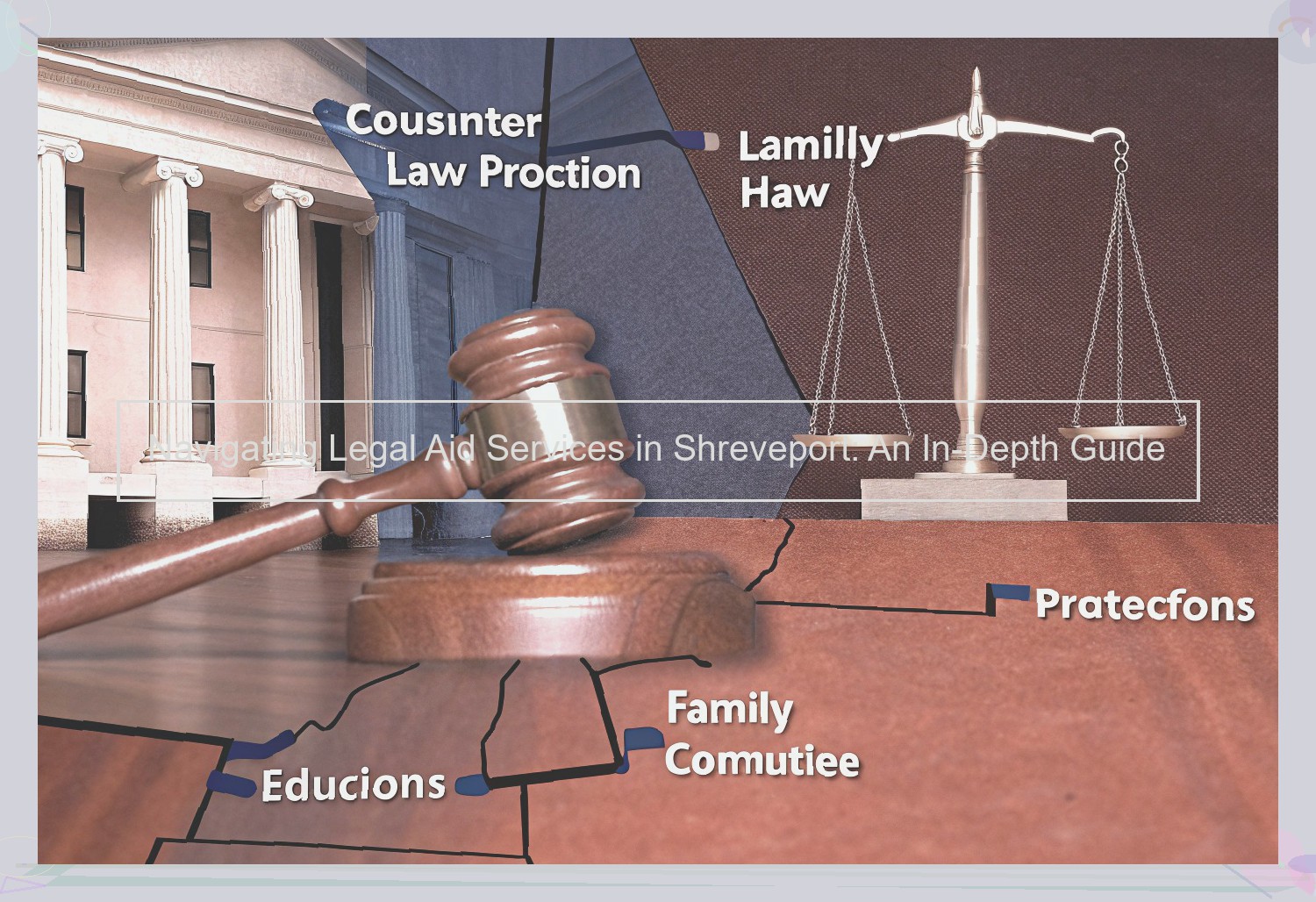What is a Contract Addendum?
A contract addendum, also known as an addendum to contract PDF, is a simple document added to an existing contract to provide additional information or details. It is a relatively straightforward document that tells the receiver all that they need to know to properly complete the contract. An addendum is not a contracted or a full document in and of itself and it generally serves as supplementary information to the already existing contract.
An addendum is typically used when it is needed to produce a modification to a contract to produce essential changes that should be made or to create details that are still missing from the existing contract . Because it is additional information, it does not require both parties to renegotiate all of the contract terms. Instead, it simply attaches as an addendum to contract PDF, to the contract so that it can be considered part of the agreement.
Addendums are needed when the signed contract is missing important details or if some of the terms are faulty. They are most often used for sales and purchases when buying or selling a product or service, to correct agreed-upon details that were missed. They are frequently used in the real estate industry on lease agreements or property sale contracts, but they can be used in nearly any industry.

Advantages of Contract Addendums
An addendum may have several advantages over a contract amendment made by e-mail or another written format. An addendum is a clear, formal document that will hold up in court should there ever be any legal disputes. In addition to its usefulness as a legal safeguard, an addendum can be tailored to fit the modifications that are being made. For example, an addendum can be attached to an existing lease agreement, rental agreement, or sales contract while highlighting additions or changes to those documents.
The formal nature of an addendum is often reassuring for contract partners who value structure. Any modification made through an addendum is generally accepted as part of the original contract, meaning the agreement overall is strengthened and, therefore, more likely to stand the test of time. Rather than having a series of e-mails with various contradictory modifications and language, for instance, a newly updated contract that is clearly defined with a single addendum is easier to understand and therefore easier to abide by for all parties involved.
Making an Addendum PDF
The first step in creating a real estate addendum is, of course, to determine what specific terms and conditions are to be added, or changed, in the original, signed and accepted purchase agreement. It’s critical that both the buyer and seller agree to the adjustments and modifications of the specific terms as detailed in the addendum form. If an agent or broker is representing either party in the real estate transaction, it’s important to obtain their guidance and legal advice regarding their specific responsibilities and actions in the process.
The typical process of creating the addendum to an existing contract is to obtain the approval and acceptance of the existing terms of the original signed and accepted offer by all parties and agents/brokers that must sign the addendum document.
The next step in creating the addendum is to document the information and add the terms to the pre-printed addendum form. This could include updating a sale price, correcting a street address or even changing the settlement implications to the contract. It’s important to be exact in your comments and direction as well as rely on the real estate professionals who are involved and can help you.
The final step is to convert the addendum draft to a PDF file format. What you want to do is take a computer version of the addendum that was edited above and save it to a PDF file. This will ensure proper formatting and help preserve the document in a universally readable format that can be read by all parties, as well as the total details of the agreement.
What to Consider Legally When Making an Addendum
Legal considerations are critical when crafting an addendum and may include whether the agreement is legally binding, and whether the addendum alters the contract terms. The rules about addendums vary from state to state, but generally speaking, addendums are enforceable if they meet some basic legal requirements. For example, the parties involved must both agree to the changes, and the amended contract should still contain all of the relevant legal elements of an enforceable contract. This means that some of the most important components are: offer, consideration, competence, and mutual consent. Generally, an addendum must also be dated and signed by both parties.
In addition to the legal requirements for the addendum itself, it’s also important to consider whether either party is waiving any legal rights by signing the addendum. Many times , addendums are used to explain changes to the original contract, but an addendum may also contain additional clauses that could limit one or both parties’ legal rights. Consider incorporating these potential changes directly into the contract itself rather than with an addendum.
When using legal terminology in an addendum, it can be helpful to use plain language that all parties understand, despite the legal jargon. For example, if the addendum is being used to extend a lease, it can be beneficial to write, "Addendum to Lease Agreement dated (date)." Key terms such as "addendum," "contract," or "this addendum" should be clearly defined at the beginning of the addendum so that everyone can easily decipher what is being referenced.
Common Issues Regarding Contract Addendums
Addendums to contracts are relatively straightforward. They simply allow the parties to the contract to change or add to the terms of that contract. However, because the wording and language used in an addendum is critical for the modified contract to hold up in a court of law, an addendum must be drafted with care. Mistakes in how the addendum is worded can easily render the changes made via addendum null and void. The most common mistake made when drafting an addendum is using sloppy language. An addendum must be very specific about how the contract has been altered. Leaving out any details may prompt the other party to claim that they were not fully aware of the changes to the contract, potentially negating its binding status. Furthermore, both parties must be absolutely sure they agree to the changes being made, and that the full extent of those changes is covered. If a detail or two is forgotten, that can result in a legal nightmare, with both parties spending weeks, if not months, in litigation to sort out the matter and determine the validity of the contract.
Using Technology for Contract Addendums
Technology plays a pivotal role in the creation, management, and storage of contract addendums. One of the most crucial tools in this process is the Portable Document Format, or PDF. This format maintains the integrity of the document’s contents, regardless of the software or machine used to view it. PDFs are especially useful when dealing with contract addendums because they preserve the formatting and layout of the original document while preventing unauthorized editing.
The process of creating a contract addendum begins with the drafting of the addendum itself, often in a word processing program. Once the content is final, the document can be converted to a PDF. This even allows the use of professional PDF editing tools, which can be indispensable for incorporating electronic signatures into documents. There are various tools available that make it easy to add signatures to a contract addendum. PDF editors make it easy to sign contracts online and deal with all the hassle of following up with the other party on email and phone calls for a simple contract modification. Once the PDF is created, it’s crucial to store it in a secure place. This could be on a secure server or a cloud storage service. Cloud storage services like Google Drive or Dropbox allow you to store contract addendums and even contract templates on the cloud, making it extremely easy to locate them when needed. It’s also important to make sure that the shared files have only restricted access so that no one has access to your critical documents . When managing contract addendums, it’s imperative to ensure that all stakeholders have access to them. In a business that involves many parties, it is easy to forget to share the contract addendums. To avoid any administrative errors, always use digital signing tools that can track when everyone has signed the document, so you don’t have to follow up with everyone that is supposed to sign the document. This will eliminate the human error when you ask one person a hundred times to sign the contract addendum.
Contract management systems offer modern solutions to the administration of contract addendums. Contract management software provides a centralized location for all contracts and their addendums, making it easier to track changes and access important information. Even better, are contract management systems that come with notifications and reminders to renew the contracts or get the contract addendum signed. Contract management software can also help you with contract negotiation, so no need to have one person requesting the contract addendum every 60 days. The contract management system will let you know when you need to start negotiating the contract or contract addendum.
In conclusion, the integration of technology such as PDFs and contract management systems has significantly streamlined the process of creating, storing and managing contact addendums. With careful planning and efficient use of technology, parties can ensure that all contract changes are accurately reflected and easily accessible.



